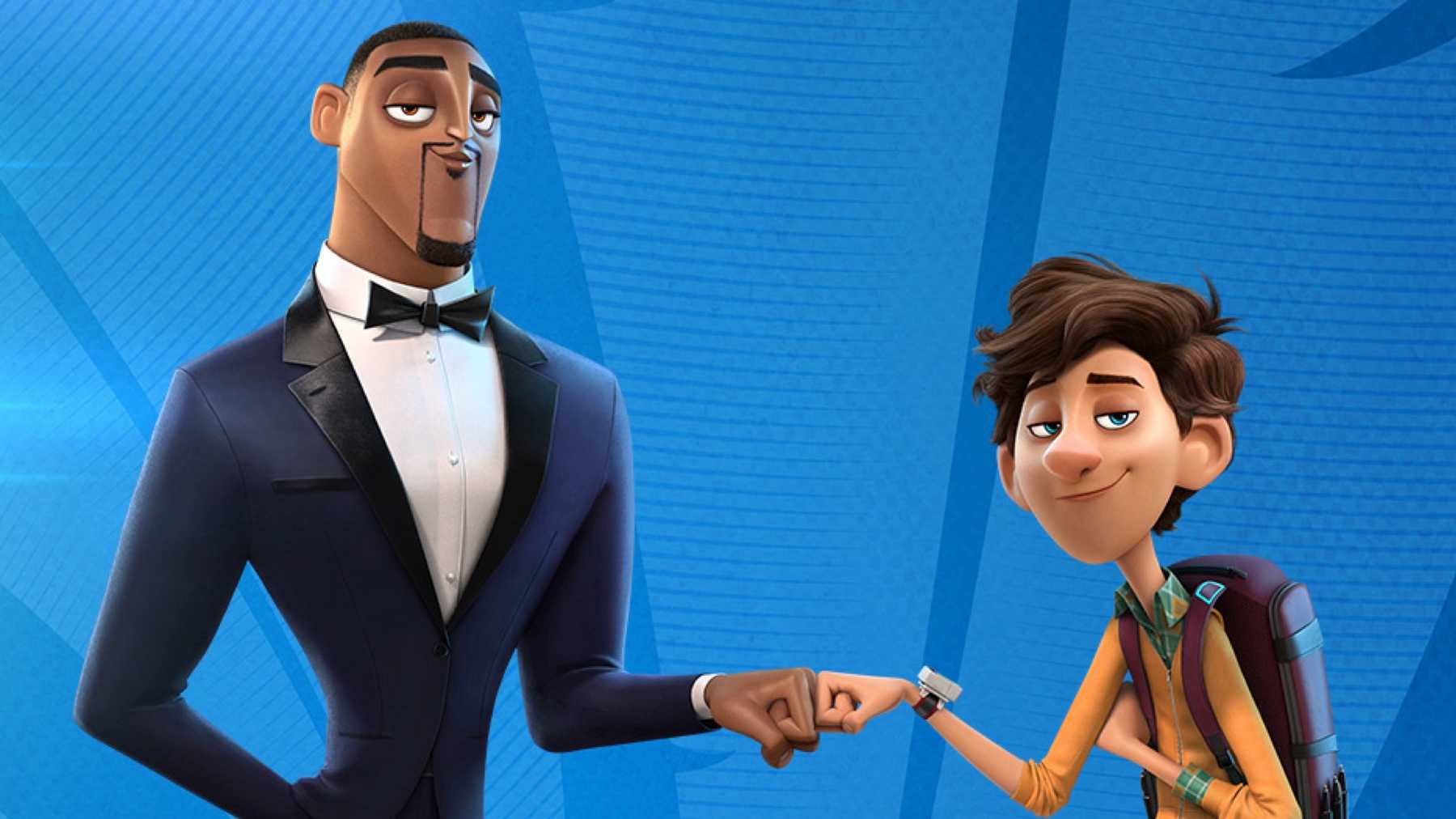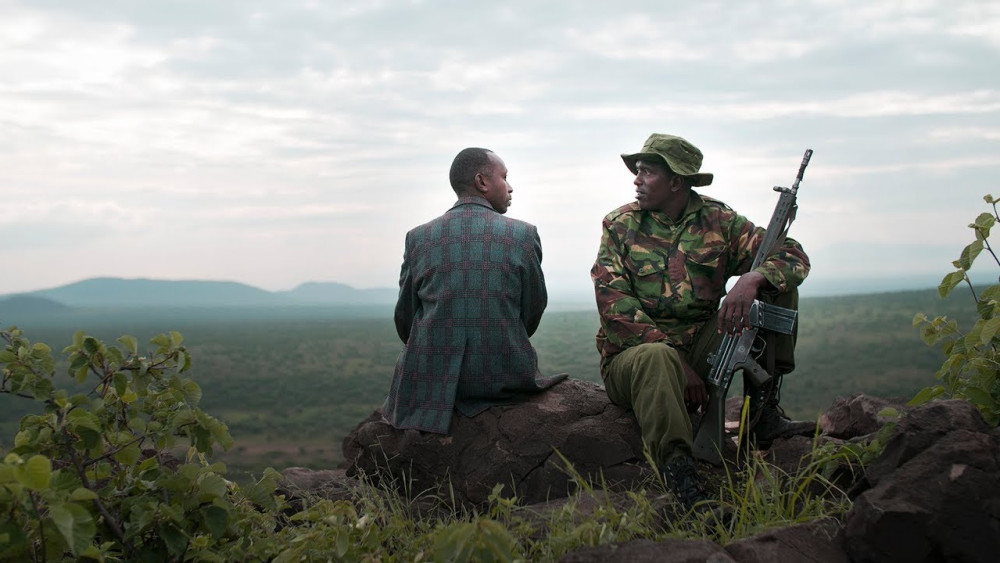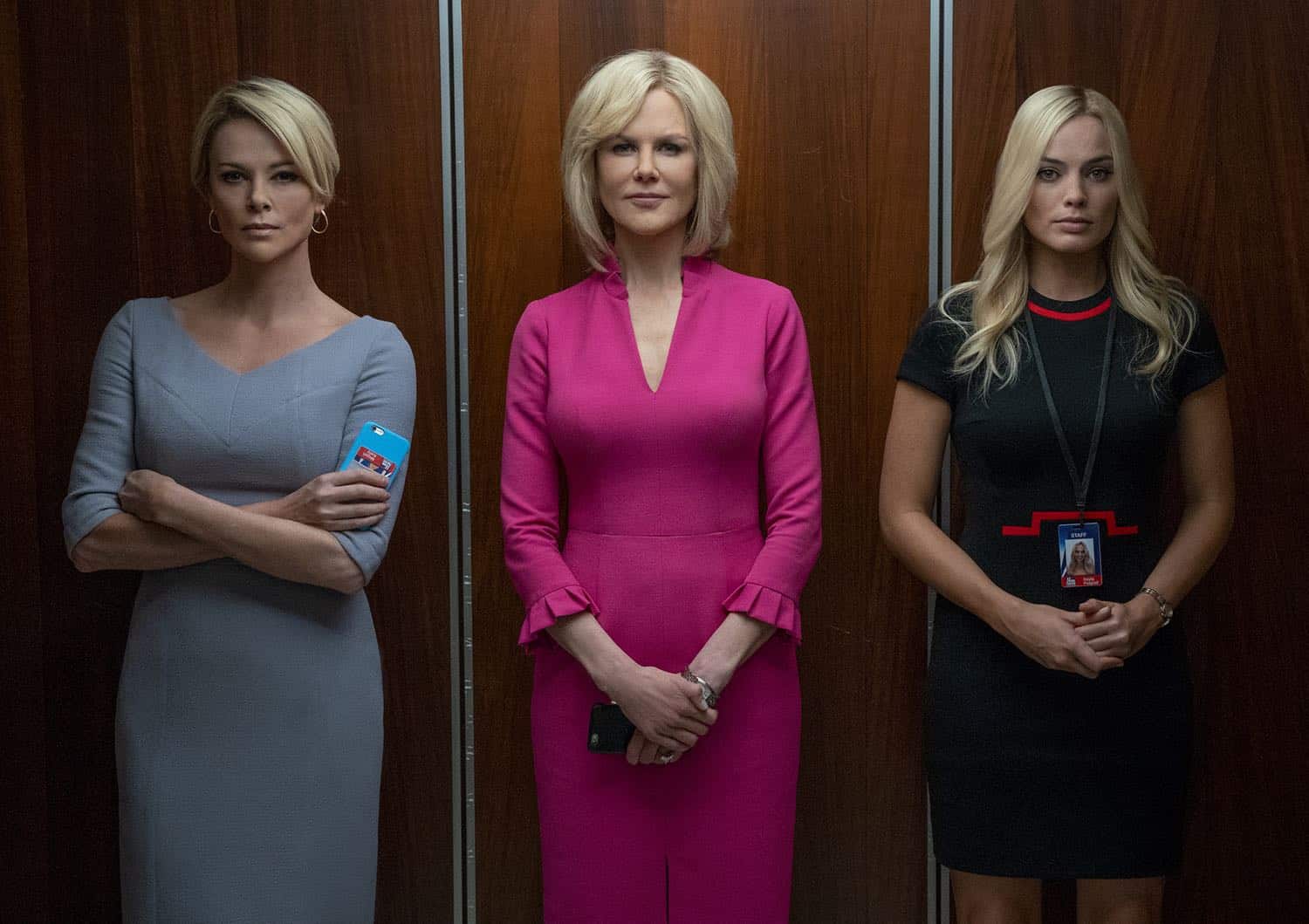1917
by George Wolf
War. Maybe you’ve heard of it lately.
Taking inspiration from the past, director Sam Mendes has crafted an immaculate exercise in technical wonder, passionate vision and suddenly vital reminders.
The inherent gamble in crafting a film via one extended take – or the illusion of it – lies in the final cut existing as little more than a gimmick, spurring a ‘spot the edit’ challenge that eclipses the narrative.
1917 clears that hurdle in the first five minutes.
It is WWI, and British Corporals Blake and Schofield (Dean Charles-Chapman and George MacKay, both wonderful) are standing before their General (Colin Firth) amid the highest of stakes. Allied intelligence has revealed an imminent offensive will lead straight into a German ambush, and the corporals’ success at traveling deep into enemy territory to deliver the order to abort is all that will keep thousands of soldiers – including Blake’s own brother – from certain death.
Mendes dedicates the film to the stories told by his grandfather, and it stands thick with the humanity of bravery and sacrifice that ultimately prevailed through the most hellish of circumstances.
Blake and Schofield head out alone, enveloped by ballet-worthy camerawork and pristine cinematography (Roger Deakins, natch) that never blinks. The opportunities for edits may be evident at times, but the narrative experience is so immersive you’ll hardly care. We’re not merely following along on this mission, we’re part of every heart-stopping minute.
Anyone who’s seen the actual WW1 footage from Peter Jackson’s recent doc They Shall Not Grow Old (an irresistible bookend to 1917) will recognize a certain sanitation to the production design, but the trade-off is a fresh majesty for familiar themes, one that’s consistently grounded in stark intimacy. Mendes and Deakins (buoyed by a subtly evocative score from Thomas Newman) brush away any dangers of “first-person shooter” novelty with a near miraculous level of precise execution that succeeds in raising several bars.
1917 is absolutely one of the best films of the year, but it’s more. It’s an unforgettable and exhausting trip, immediately joining the ranks of the finest war movies ever made.















